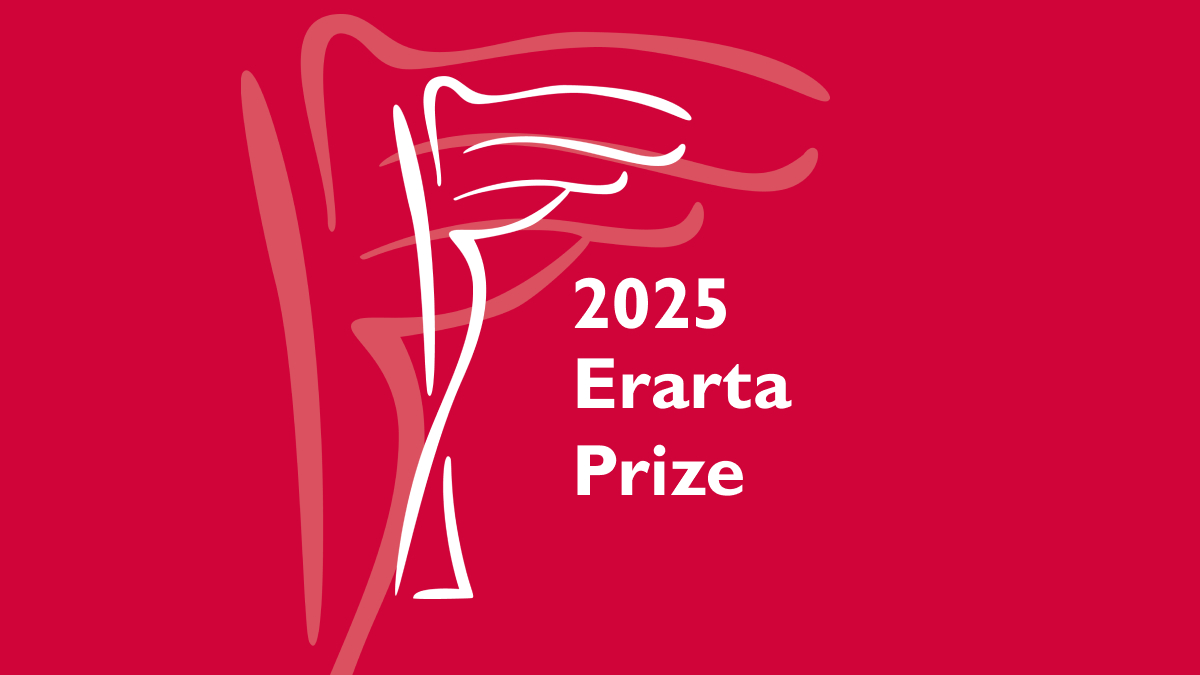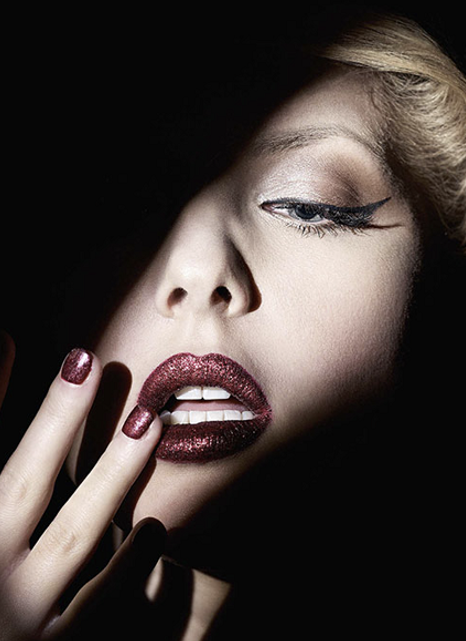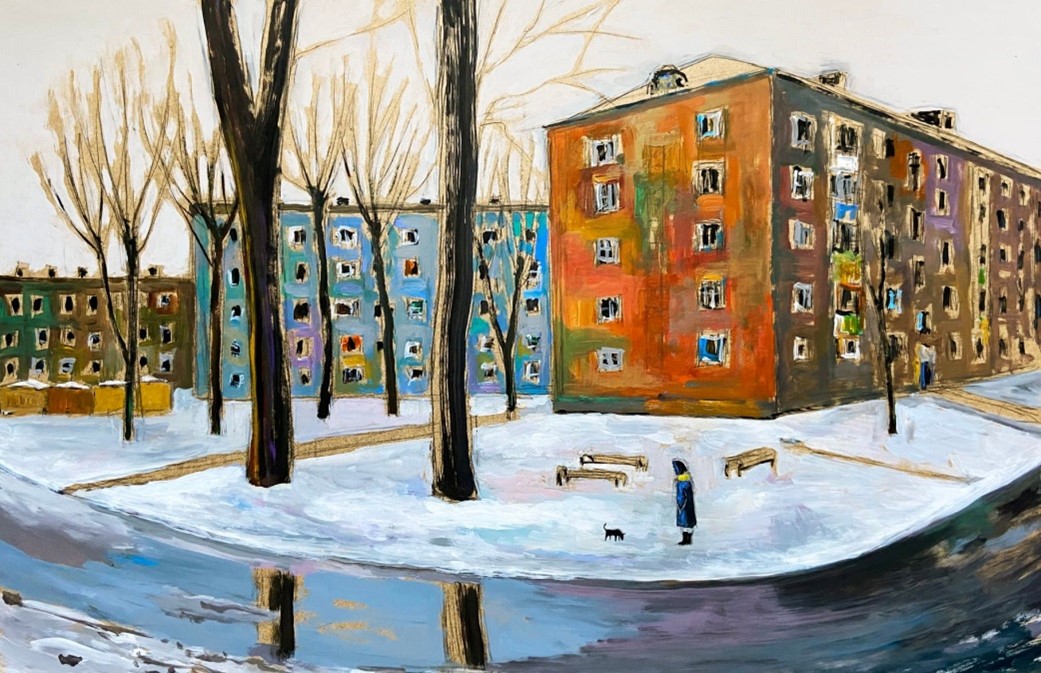Svetlana Georgiyevskaya and Yulia Tutatchikova. Rock. Paper
Erarta Museum presented a joint exhibition by Svetlana Georgiyevskaya and Yulia Tutatchikova – a paper fairy tale recounting the childhood of mankind
- Papier-mâché sculptures inspired by Lewis Carroll’s books and prehistoric art
- Petroglyphs from the granite rocks surrounding Lake Onega and the White Sea transferred onto rice paper
- An enchanted space within which contemporary artists encounter the ancient anonymous creators
Yulia Tutatchikova works with papier-mâché, moulding shapes and meanings out of delicate pulp stock, turning it into a semblance of rock. The exhibition features her works from different series: sculptural illustrations to Lewis Carroll’s fantasy novels about Alice, masks, and animal figures inspired by prehistoric art. The legend has it that the world discovered the polychrome Altamira paintings thanks to a nine-year-old girl exclaiming in wonder, ‘Daddy, look! Oxen!’ These are exactly the words that come to mind while looking at the artist’s sculptures fashioned in simple and clear lines.
The artist Svetlana Georgiyevskaya uses rice paper to make actual size copies of the petroglyphs carved on the granite rocks surrounding Lake Onega and the White Sea. These Neolithic images, smoothed by winds and waves and at times hardly distinguishable, are being rescued from obscurity and traced on paper with surprising clarity by means of a special technique that turns them into artistic statements in their own right. The rock carvings of Karelia, which can be dated to approximately 4th millennium BC, are unique in that they comprise not separate images, but multifigured compositions incised into shore cliffs by different people and in different time periods. Thus, in addition to works by the two contemporary artists, the exhibition space houses the creations of the anonymous masters of the hammerstone.
The two artists sharing an interest in paper as an artistic medium met by chance which, however must have been of magical nature. The Rock. Paper exhibition, which sees Neolithic reverie alongside young artist’s fantasy creations, was conceived, in G.K. Chesterton’s terminology, as ‘a holiday for the mind,’ allowing one a brief respite from the present and a glimpse of the childhood of mankind.









